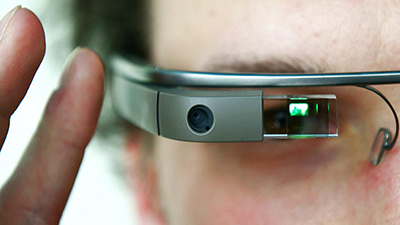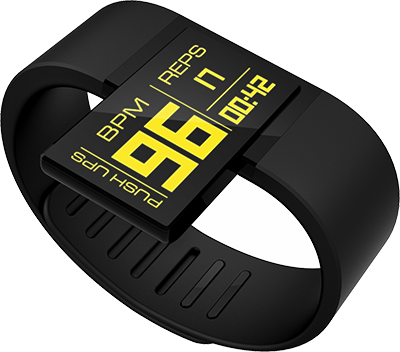EXTRA:Wearable tech. re-works how we work - Deloitte
EXTRA: DELOITTE Australia’s Tech Trends 2014 report makes a startling declaration that on-body computing devices are “ready for business”.
Wearable computing may not yet be the fashion, but discussion about potential capabilities are getting down to business. Wearable tech. has many forms such as glasses, watches, smart badges, and bracelets. 
“Deloitte predicts that smart glasses, fitness bands, and watches are likely to sell about 10 million units in 2014, generating $3 billion,” said Deloitte Consulting’s managing partner for Technology Agenda, Robert Hillard
“The potential is tremendous due to hands-free, heads-up technology which reshapes how work will be done, how decisions will be made, and how businesses will engage with employees, customers, and partners.”
Programs are already being developed for glasses that allow a mechanic or an engineer to receive direct augmented reality images indicating which sections of a machine should be worked upon, in order.
The Deloitte report identifies how wearables introduce technology to previously prohibitive scenarios where safety, logistics, and even etiquette constrained the usage of laptops and smartphones in the past.
“In Australia alone we anticipate 20 percent of 17-75 year olds will own a wearable by August this year,” Mr Hillard said. “It is an interesting trend, but wearables will not replace smartphones as the majority of wearable devices require smartphone tethering for connectivity and GPS.”
There are many opportunities for applying wearables to improve safety and efficiency, by providing quicker and safer access to data.
A recent trial of Google Glass by police in a US town saw an 80 percent drop in false accusations of police brutality, and a drop in cases of excessive use of force by police.
Smart glasses, the champion among wearables, are likely to gain mainstream acceptance during 2014, claims Deloitte, while other wearable devices will likely remain niche markets.
The most common usage of smart glasses is likely to be any screen-based application that frees up the user’s hands for other tasks.
Smart fitness bands, typically worn on the wrist, will enjoy reasonable demand but are unlikely to become mainstream and Smart watches, with capabilities like text messaging and email, don’t offer the convenience of line-of-sight viewing. 
“One of the reasons why devices impact the eyes is due to eyes being the most dependent of all of the senses on training,” Mr Hillard said.
“While the first applications are designed to simply present a screen in your main field of view, it can be expected that the next generation will require the user to learn how to apply their peripheral vision in new and unexpected ways.
“The applications are almost unimaginable today but include the ability to multi-task in a world of even greater information overload,” Mr Hillard said.
EXTRAS:
Download: Deloitte Australia’s Tech trends 2014
Each trend is presented in Tech Trends 2014: Inspiring Disruption report, with multiple examples of adoption from Australia and/or overseas to show the particular trend at work. This year, Deloitte has added a longer-form Lesson from the front lines to each chapter to offer a detailed look at an early use case. Also, each chapter includes a personal point of view in the My take section.
Ends
POSTED JULY 23, 2014

